How the expansion mechanism of hammer anchors creates locking force in the base material
2025-10-06I. Structural Basics and Working Principles of Hammer Anchors
As a common mechanical anchor, hammer anchors are widely used in construction and engineering. Their core value lies in quickly and reliably securing materials such as concrete, masonry, or blockwork through a simple hammering action. Understanding their expansion mechanism is key to mastering their load-bearing performance and proper installation.
The main structure of a hammer anchor typically consists of three core components:
Anchor Body: Typically a cylindrical metal tube or sleeve with an expansion section (or slotted section) on the outside. This is the main component that generates friction and pressure against the substrate.
Drive Pin: A solid metal pin or nail that directly applies the hammering force. Its diameter is slightly larger than the inner diameter of the anchor body.
Head: The exposed portion of the anchor that secures the object being fastened (such as a clamp, bracket, etc.).
The anchor's locking force is not simply due to adhesive or chemical reaction, but rather purely mechanical action. The mechanism is a forced displacement expansion mechanism. The wedging of the spike shaft forces the anchor body outward, generating a strong radial compressive force, or locking force, on the pre-drilled hole wall.
II. Spike Drive: The Source of Radial Compressive Force
The expansion mechanism begins with the hammering of the spike shaft. When the installer strikes the spike shaft's head with a hammer, the kinetic energy is converted into a significant axial thrust. Due to the spike shaft's diameter and tip design, it is forced into the expansion section within the anchor body.
The key to this process lies in the wedge effect:
Conical thrust: The spike shaft typically has a flat or beveled head. As it enters the anchor body, its volume occupies the space within the anchor body.
Material deformation: The expansion section of the anchor body is typically designed with cutouts or slots (usually two or four) to impart a certain degree of elasticity and plasticity.
Forced expansion: The continued wedging of the spike shaft forces the anchor body to expand radially (perpendicular to the anchor axis) along its slots.
This radial expansion directly eliminates the gap between the outer wall of the anchor and the base material hole wall, transforming it into continuous compression.
III. Friction and Internal Stress: Generation and Stability of Locking Force
When the anchor body is forced to expand by the bolt shaft and clings to the base material hole wall, locking force is officially generated. This locking force manifests itself in two main ways:
High Friction Resistance:
Compression: The enormous radial pressure exerted by the expansion section on the hole wall, following Coulomb's law of friction, generates a reverse shear force at the interface between the anchor body and the hole wall.
Tensile Resistance: When the anchor is subjected to a tensile load, it is this friction that resists the anchor body's tendency to pull out of the hole, providing its primary tensile strength.
Substrate Internal Stress:
Localized Stress Concentration: The expansion of the anchor causes extremely high localized compressive and circumferential tensile stresses in the surrounding concrete or masonry.
Anchoring Reliability: This internal stress ensures that the anchor and the base material form a tight, inseparable whole. The anchor system will fail only when the load exceeds the base material's inherent shear or tensile strength (causing concrete conical failure).
IV. Effective Embedment Depth and Performance Assurance
The expansion mechanism of a hammer anchor must function fully within its effective embedment depth. The effective embedment depth directly determines the contact area and volume that generate the locking force.
Insufficient embedment depth: If the anchor does not reach the manufacturer's minimum embedment depth, the expansion section may not fully penetrate the base material's effective bearing layer, or the radial pressure distribution area may be too small, resulting in a significant reduction in pullout strength.
Over-hammering: While intended to ensure sufficient expansion, excessive hammering may cause the anchor shaft to penetrate too quickly, resulting in excessive plastic deformation of the anchor body and even damage to the base material opening, which in turn weakens the locking force.




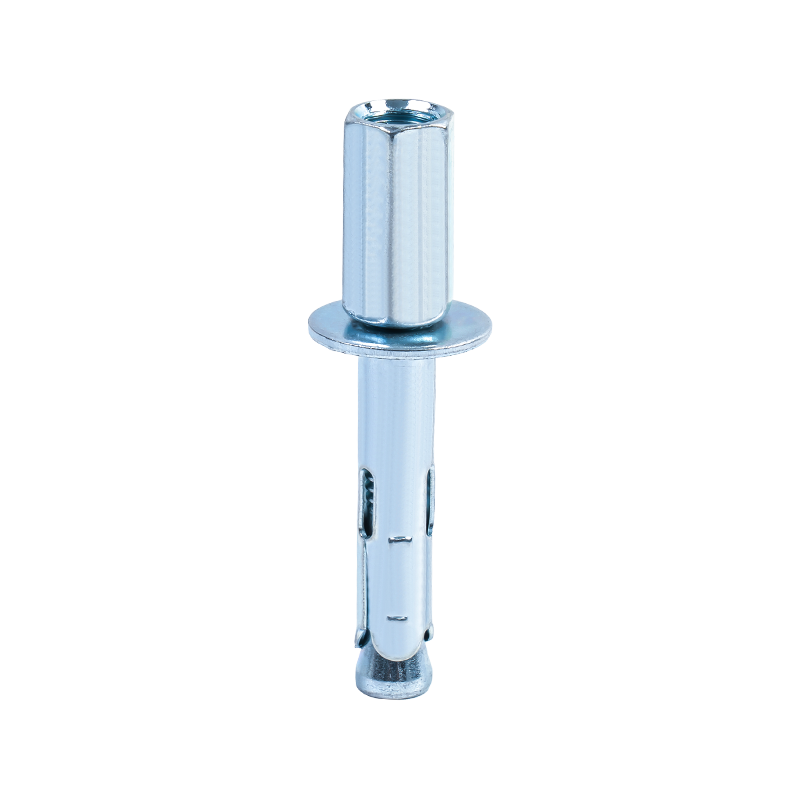
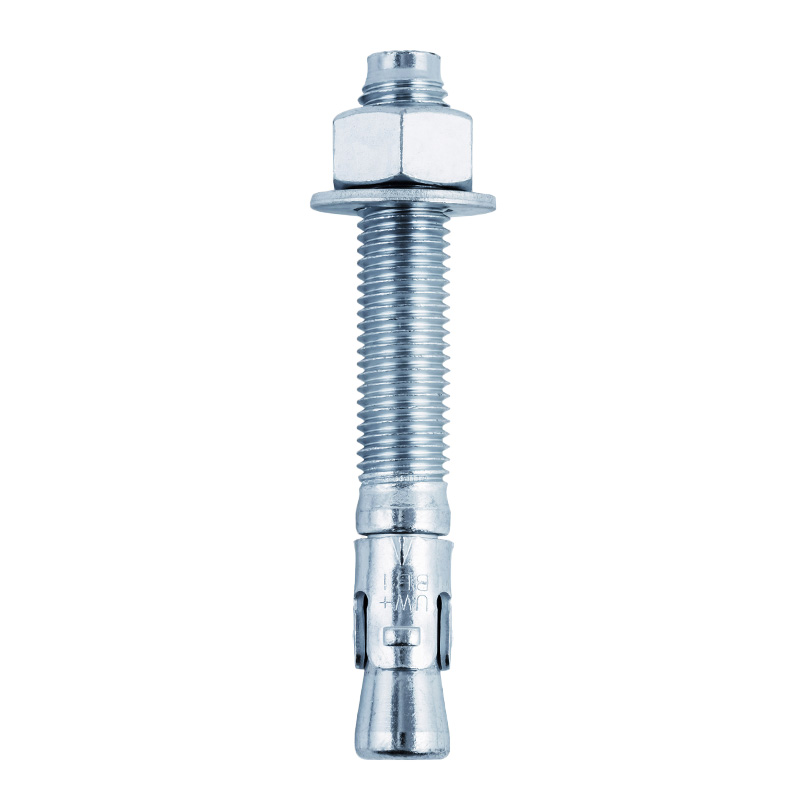
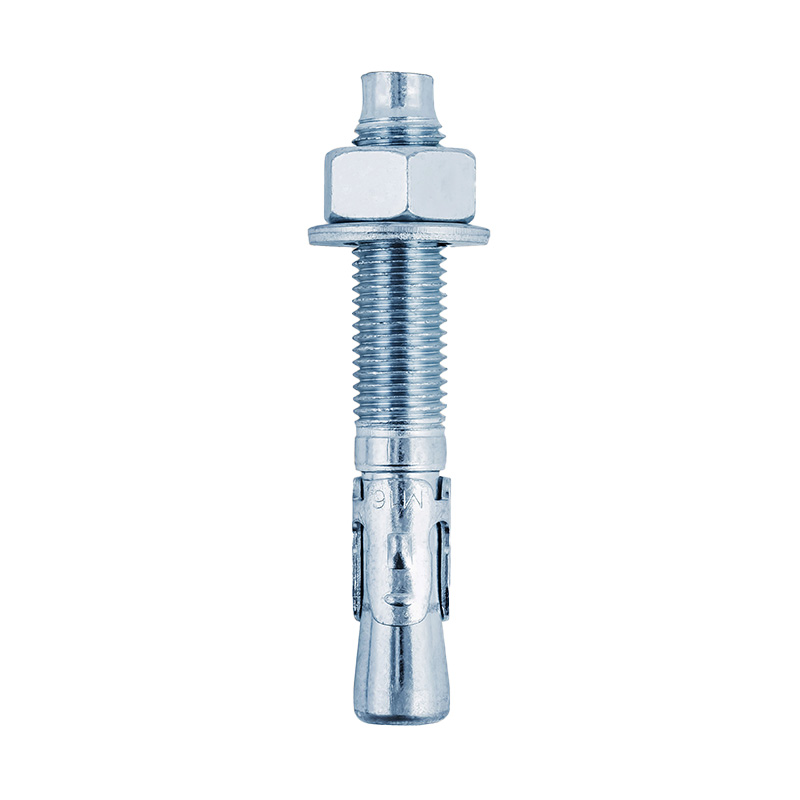
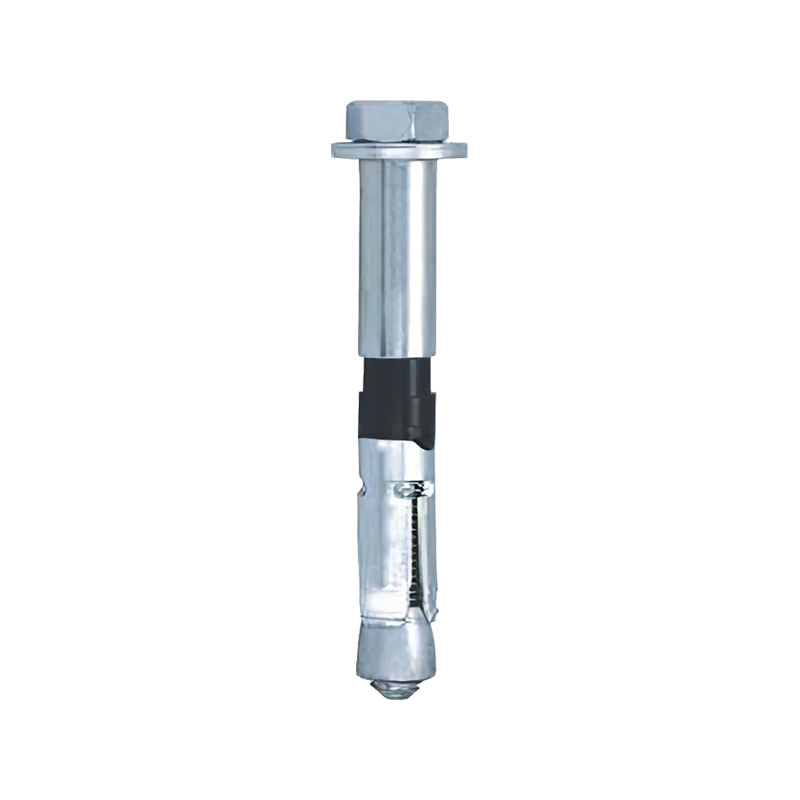
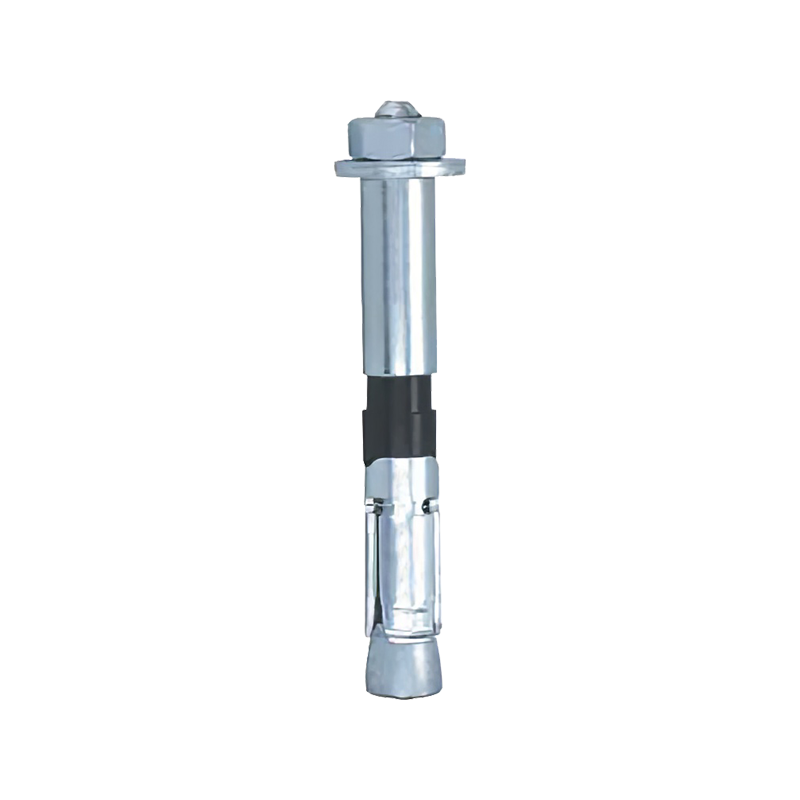
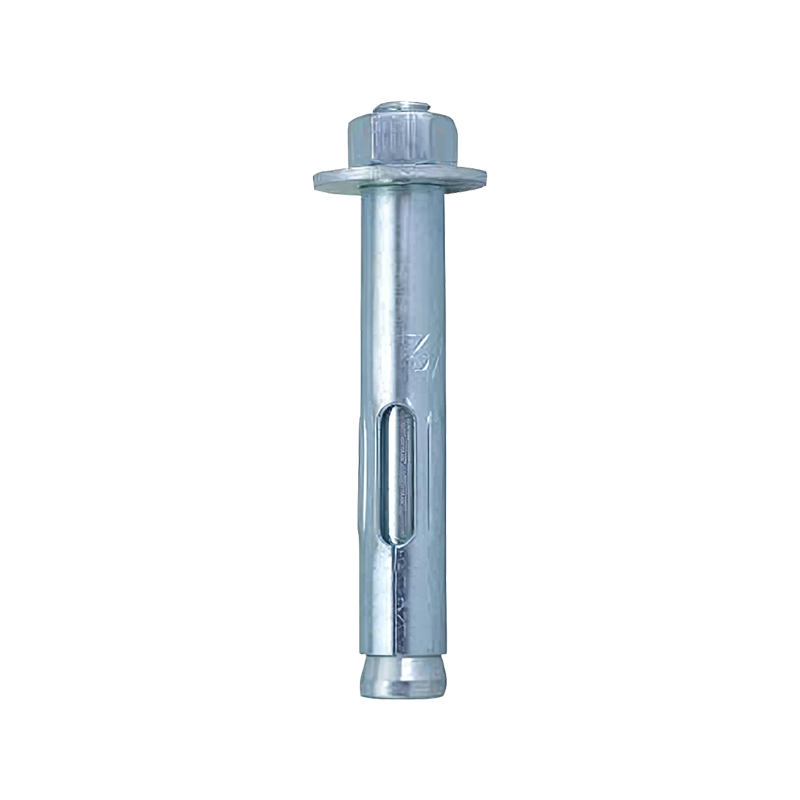
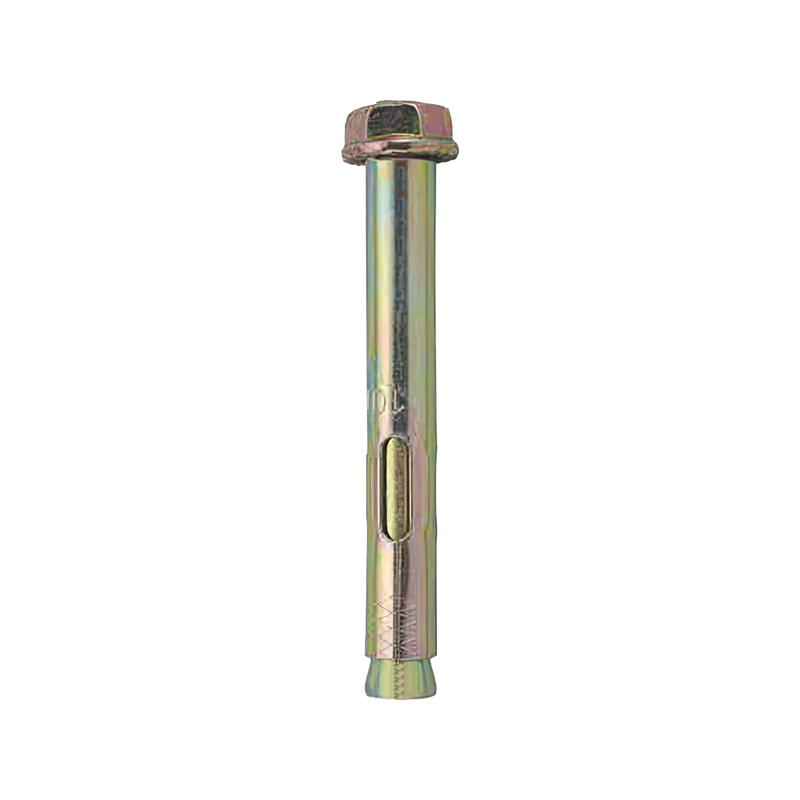

Contact Us